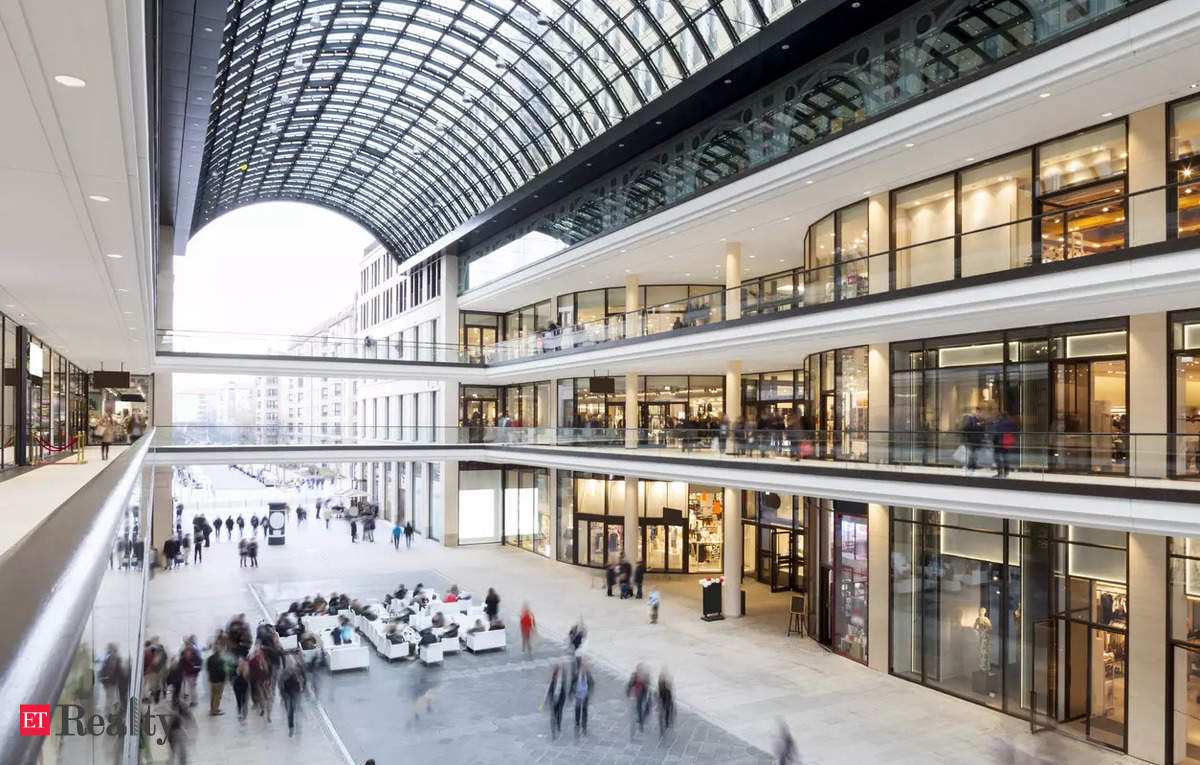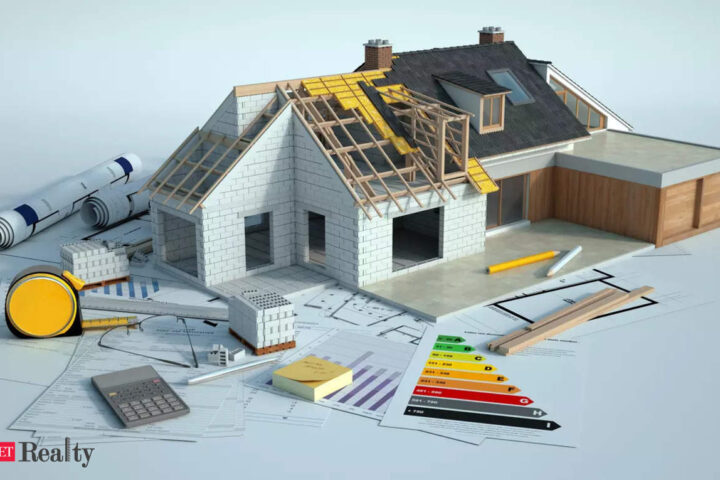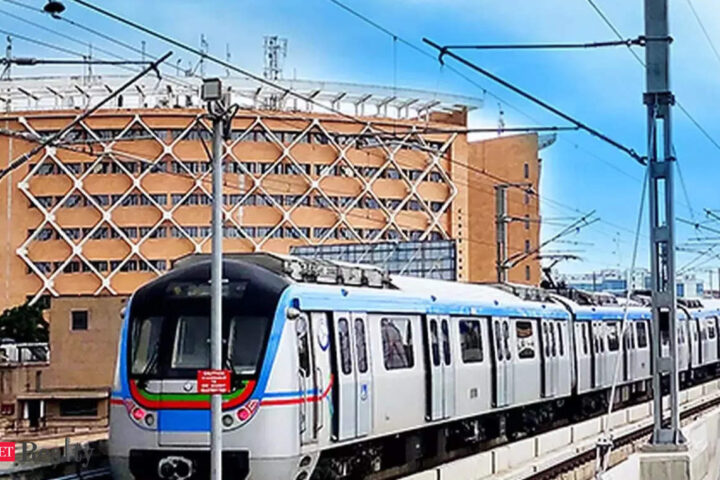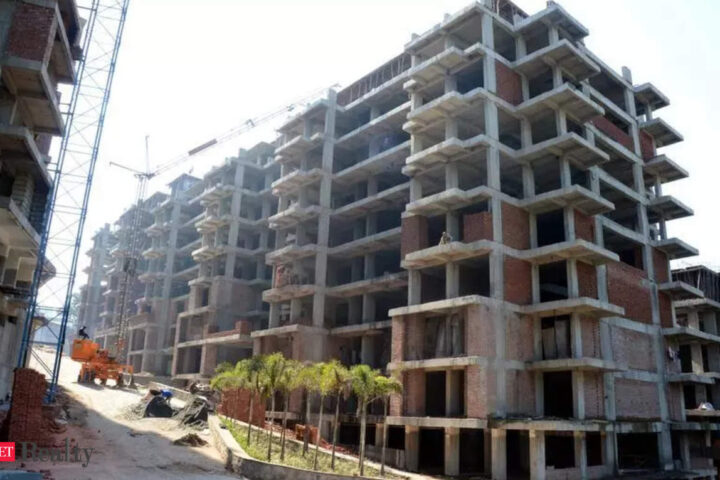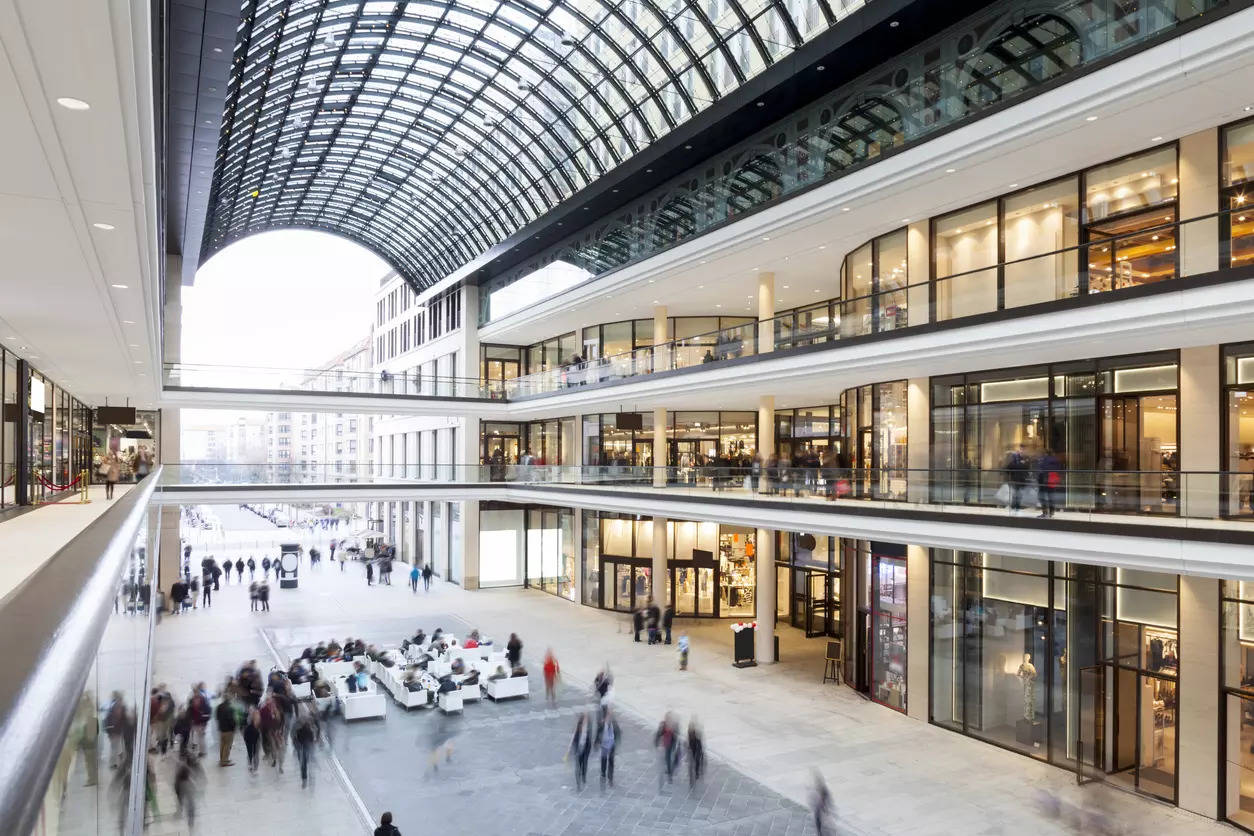
NEW DELHI: Mall operators will see revenue growth of 10-12% in FY25, building on last fiscal’s 15% spurt, according to an analysis of 32 grade A malls rated by Crisil Ratings.
High revenue growth last fiscal was driven by full-year contribution of malls launched towards the end of fiscal 2023, supplemented by the half year impact of those that were launched by mid last fiscal; on a like-to-like basis, revenue growth remained stable at ~5%.
Gautam Shahi, director, CRISIL Ratings said, “Overall occupancy for malls is expected to increase to 92-93% this fiscal from 89% last fiscal. This will be driven by a surge in occupancy for malls that were launched in the last two fiscals, while occupancy for established malls will remain stable at ~95%, with timely renewals. This, along with full-year impact of the newly launched malls, steady rental escalations of 4-5% and moderate retail consumption growth, will drive revenue growth for mall operators to 10-12% this fiscal.”
Retail consumption growth of these malls is estimated to have moderated to 3-5% in the first half of this fiscal, from 12.5% in the corresponding period last fiscal, due to a high base effect and heat wave.
The impact on the mall operators will be limited as revenue sharing accounts for only 10-15% of total revenue.
Mall operators have maintained their operating efficiency, with Ebitda margin holding firm around 70% over the past few years and expected to sustain at a similar level this fiscal.
Snehil Shukla, associate director, CRISIL Ratings said, “Healthy operating performance, underpinned by rising occupancy and anticipated rental growth, will help improve the debt-to-Ebitda ratio to 2.6-2.8 times by the end of this fiscal from 2.9 times last fiscal. The debt service coverage ratio is also expected to remain strong, at 2.2 times, compared with 2.3 times last fiscal.”
New malls form around 20% of the leasable space in our sample. Occupancy of new malls is likely to increase to 85-90% this fiscal from 67% in fiscal 2024


